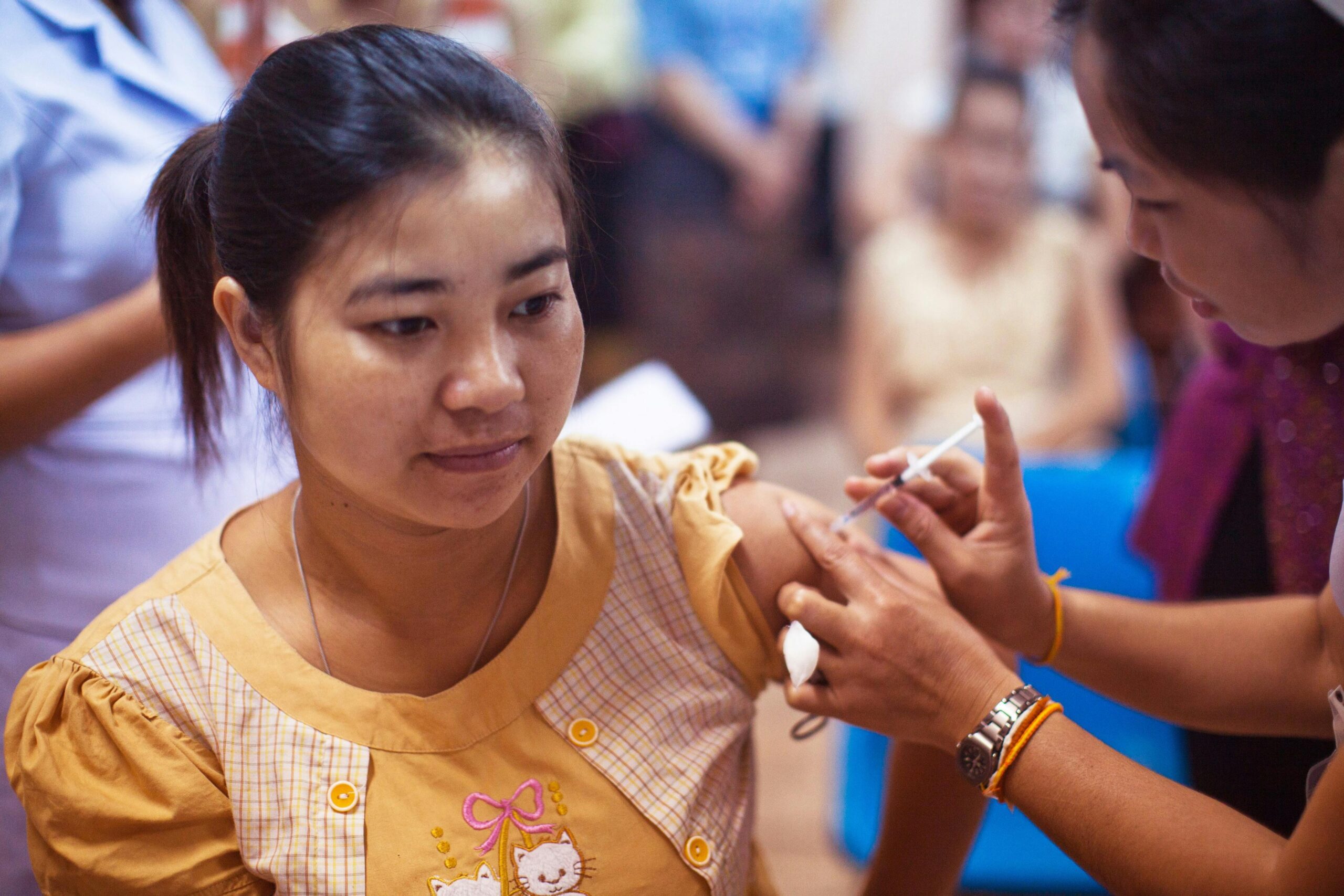Despite advancements in healthcare systems globally, socioeconomic status remains a critical determinant of access to care. Low-income populations face disproportionate challenges, creating cycles of inequality that are difficult to break without systemic intervention.
The Socioeconomic Divide in Health Outcomes
Research consistently highlights the relationship between income and health. In the United States, individuals in low-income neighborhoods experience life expectancies 5–10 years shorter than their counterparts in higher-income areas (Centers for Disease Control and Prevention, 2023). This disparity is driven by factors such as limited access to preventive services, higher exposure to environmental risks, and delayed medical treatment due to financial constraints.
Globally, the World Bank (2023) reports that 930 million people face the risk of poverty due to out-of-pocket healthcare costs. In low-income countries, more than 40% of total health expenditure is borne by households, forcing families to choose between essential healthcare and other basic needs.
The Ripple Effects of Inequity
Healthcare inequity exacerbates chronic health conditions, increases preventable deaths, and places unsustainable pressure on healthcare systems. Without targeted policies and community-based interventions, these disparities will persist, perpetuating cycles of poverty and poor health.
References
- Centers for Disease Control and Prevention (CDC). (2023). Health Disparities by Income Level.
- World Bank. (2023). Poverty and Health Care Expenditure.

